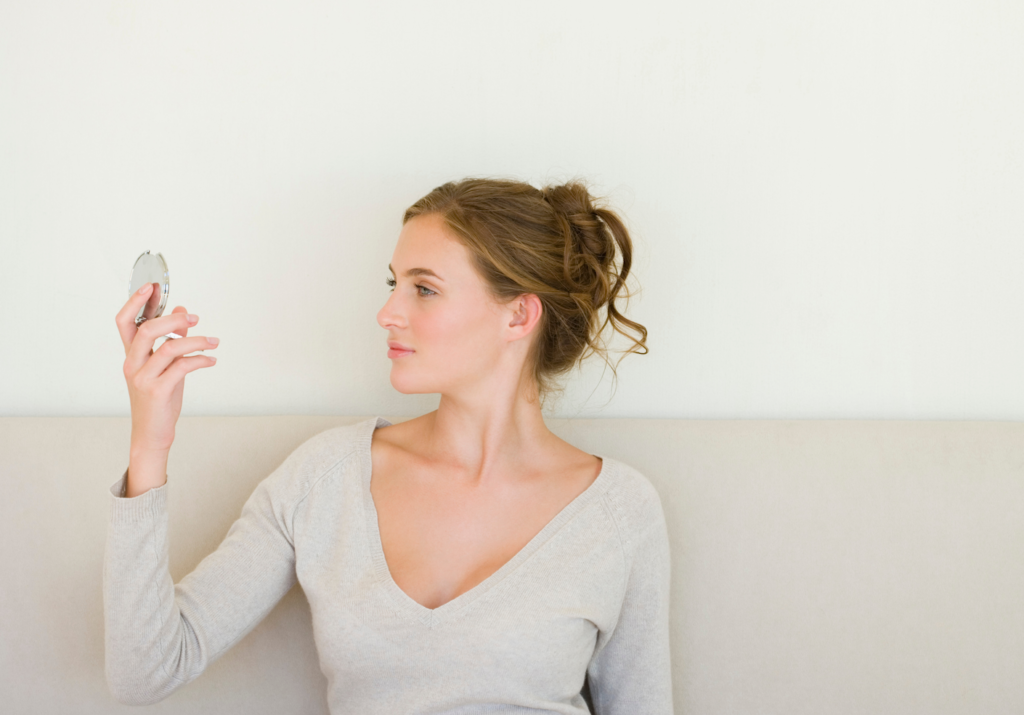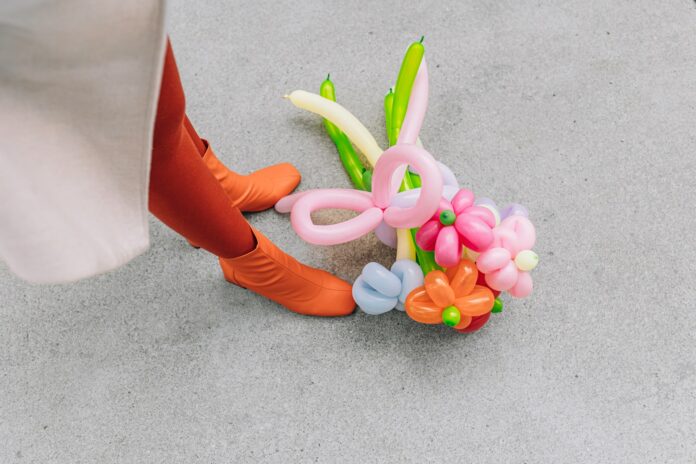
Ideal for those looking for more long term solutions to common skin issues.
Acne-affected skin isn’t only a bit of a pain (literally), it can also pose a barrier to our self-esteem and confidence. Who hasn’t hidden for days on end until the offending blemishes disappear?
But enacting such a policy to blemishes simply isn’t practical. Taking care of your skin is important, and the reality is that continued and prolonged care can help to stave off blemishes in a sustainable manner rather than that self-imposed self-isolation or quick fixes which do more harm than good.
Let’s cut to the chase, rather than cut our face; here are 4 effective, sustainable ways to treat different skin blemishes, IDEAL for those looking for more long term solutions to common skin issues.
DECREASE SEBUM PRODUCTION
First off, let’s start with what is the bane of many people’s existence, even those who have left adolescence long ago. Acne or acne-prone skin can be finicky and tough to deal with, make no mistake.
Acne – in terms of pimples, blackheads and whiteheads – is caused when sebum, bacteria, or dirt clogs the follicles. Unfortunately, that giant zit that suddenly appears on your nose can also leave a scar, dark spot, or even a deep pockmark on your skin, particularly when prodded and probed excessively. Sometimes, this happens due to hormonal changes, or excessive amounts of stress which can increase sebum production exponentially.
Provided you do not have a more complicated form of acne, such as cystic acne which typically requires more care and possibly medication, there are several things you can do to help mitigate the issue. For one, drinking plenty of water and avoiding fried and oily or greasy foods is essential since your body will be able to flush out toxins more readily. A good sleep cycle is also important – they call it beauty sleep for a reason – since that can help stave off stress, anxiety, and other issues that can increase sebum production.
Finally, many swear by double oil cleansing, which can help offer a deep clean of your skin while doing so gently, effectively, and keeping your skin moisturised. Skin that has been stripped dry does not solve the problem of excessively oily skin. If anything, it can exacerbate the issue as it will force your skin to overcompensate by producing more oil that will lead to pimples. It’s a vicious cycle, so keep that in mind.
WEAR SUNSCREEN
Hyperpigmentation is another condition that can leave blemishes or patches, particularly on darker skin. Hyperpigmentation can create dark patches or uneven skin tone, and whilst it’s harmless, some who suffer from the condition do look to mitigate its effect.
This happens primarily due to acne scarring – and neglecting to use sunscreen to protect your skin as it recovers from the bout of acne – excessive sun exposure or hormonal changes that occur during pregnancy. While the latter is harder to solve, some creams are worth a look since using them consistently can produce alleviate the visual aspects of skin discolouration. There are also laser treatments and other interventions that have proven to help alleviate the issues caused by hyperpigmentation.
USE ANTIVIRAL CREAMS
Few blemishes are as embarrassing as getting a cold sore, which looks similar to herpes because they are actually caused by a similar virus. A cold sore takes the form of pus-filled blisters near the mouth and can feel itchy and deeply uncomfortable. You also need to be careful when the blisters open and drain, since it leaves a reddish yellow scan until it heals.
No one is really sure what causes a cold sore, but the outbreaks are typically assumed to be the result of exposure to the heat of the sun, cold gusts of wind, or because of the flu or cold, a dilapidated immune system, a hormone imbalance, or even stress. Since the causes are so varied, it can be tough to prevent cold sores. Luckily, their treatment is fairly straightforward: your doctor will write a prescription for an antiviral cream to apply to the cold sore regularly, untill it disappears.
SEE A DERMATOLOGIST
Pustules look similar to whiteheads at first, but they are actually quite different. They are usually the result of an illness such as chickenpox, or other chronic skin conditions that need treatment, such as rosacea. One dead giveaway is that the pustules are usually accompanied by visible blood vessels, which differentiates them from straight off-the-bat whiteheads. For these, you will need to see your doctor right away, since you may need to change your diet and entire skincare regime to deal with the condition.
THE BOTTOM LINE
It is hard to assess why some people are more likely to get certain kinds of blemishes or skin conditions than others. Though often down to genetics, environmental factors also play a huge role, as does excessive stress and a poor diet. By taking control of prevention, a drastic cure is rarely necessary.





